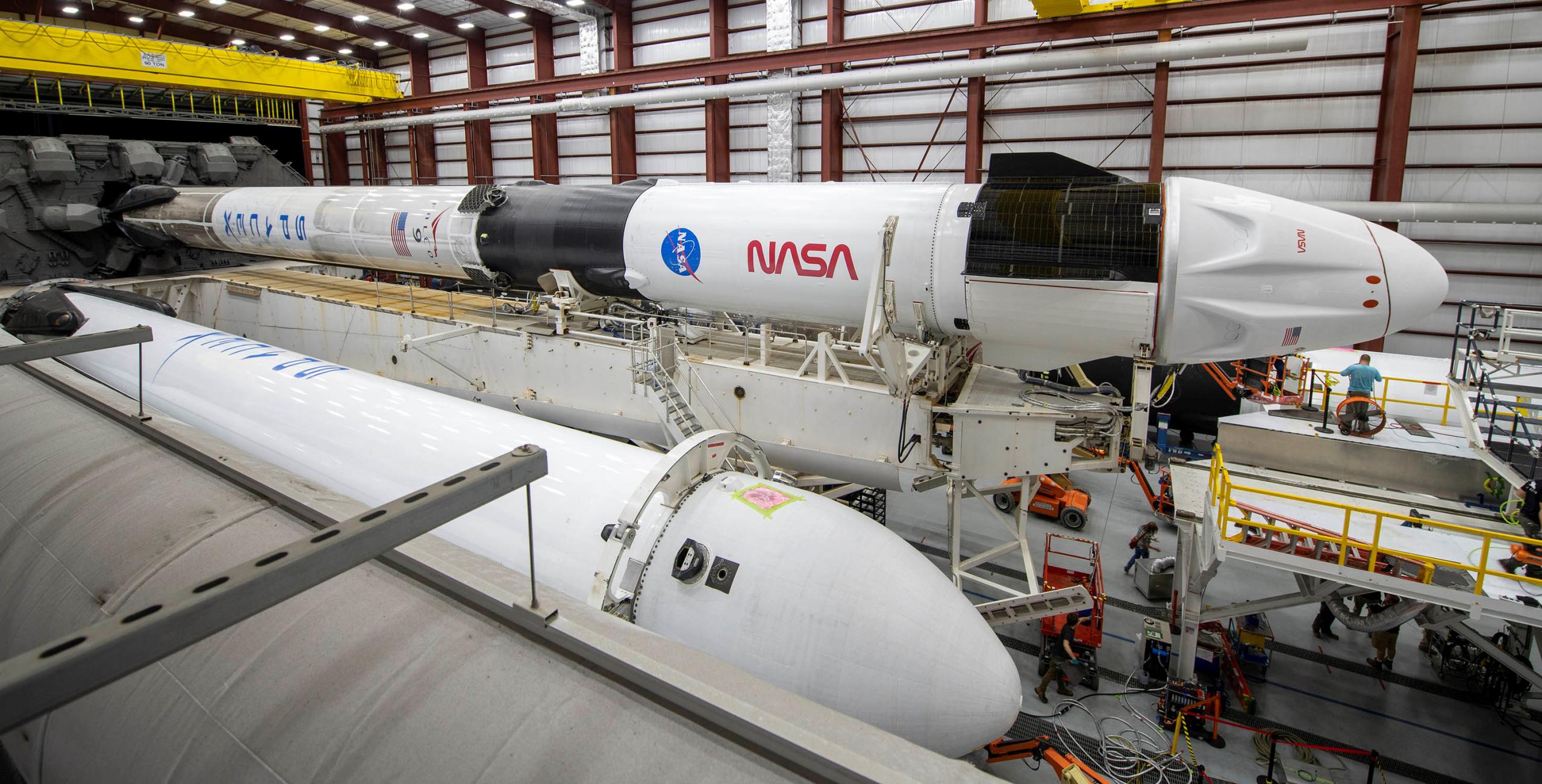
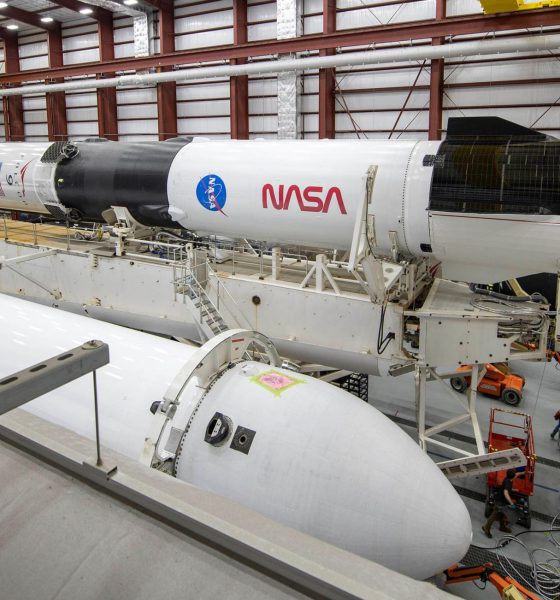
News
SpaceX awarded three more NASA astronaut launch contracts
Three months after announcing its intent, NASA has procured three more Crew Dragon astronaut launches from SpaceX, raising the total number of operational missions the company is contracted to perform from six to nine.
NASA announced its plans to award additional contracts in December 2021 after releasing a half-hearted Request For Information (RFI) in October. That RFI, which seemingly lacked any real NASA support for an attempt to develop one or more additional crew transport vehicles, unsurprisingly produced the conclusion that the space agency should buy more flights from its existing providers.
Short of a second Commercial Crew Program (CCP), Boeing and SpaceX were thus the only options. Boeing, whose Starliner spacecraft has yet to successfully complete even an uncrewed test flight and remains years behind schedule, was apparently ruled out of this contract add-on. SpaceX, on the other hand, aced uncrewed and crewed Crew Dragon test flights in March 2019 and May 2020 and ultimately began operational astronaut transport missions in November 2020, making it the only logical option.
As such, NASA announced that it would award three more transport contracts to SpaceX, raising the total value of its Commercial Crew Transportation Capability (CCtCap) contract from about $2.6 billion to $3.49B. As of August 2019, NASA’s Office of the Inspector General (OIG) reported that of the original $2.6 billion SpaceX was awarded, the company planned to spend $1.2 billion on development and test flights and $1.4 billion on up to six operational Crew Dragon missions.
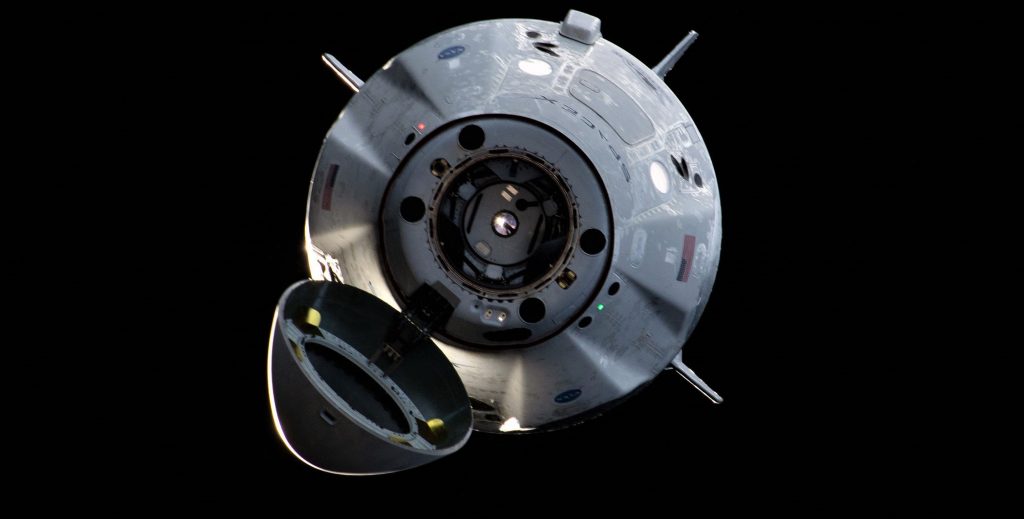
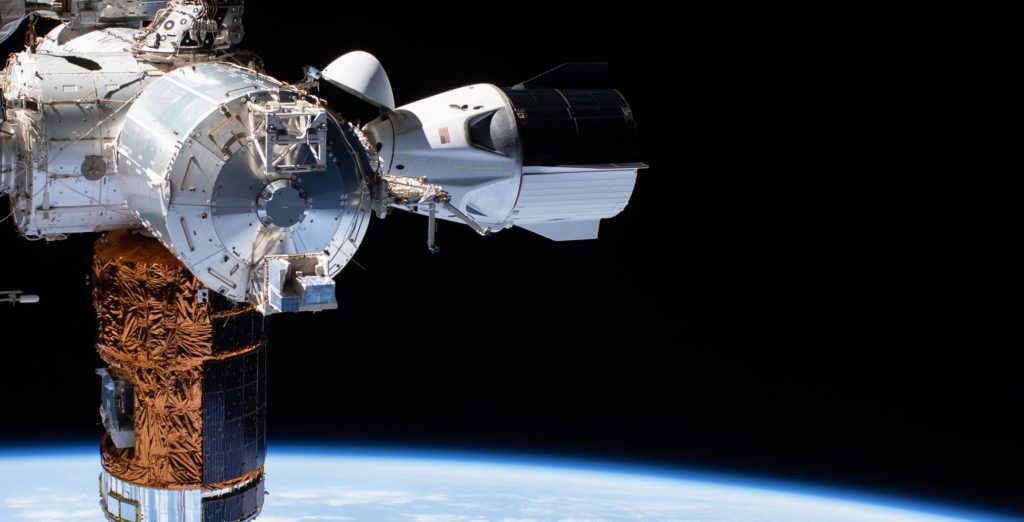
At the time, that meant that NASA intended to pay a total of ~$230 million for each of the first six Crew Dragon transport missions, each of which would carry four astronauts to and from the International Space Station and serve as a lifeboat in the six months between launch and landing. For NASA’s contract modification, the space agency will now pay the company no more than $890 million – up to $297 million apiece – for three more transport missions, each likely carrying four astronauts.
For missions seven through nine, NASA will thus pay an average of up to ~$74 million per seat – substantially more expensive than the ~$55 million per seat SpaceX’s first six Crew Dragon missions will cost the space agency. To be clear, there’s a chance that a significant fraction of the $890 million contract value increase actually came before the addition of three more missions, in which case NASA might instead be paying around $700-800 million or around $60-70M per seat for three more Dragon launches. Regardless, that’s cheaper than the ~$90 million per seat Boeing’s Starliner is expected to cost. At the end of NASA’s Soyuz ridesharing efforts, the agency was also being gouged for about ~$90 million per seat to launch its astronauts on Russian Soyuz missions.
Update: There is evidence that SpaceX’s total CCtCap contract value was about $2.74 billion before the addition of three more missions, meaning that NASA is likely paying SpaceX around $755 million or ~$63 million per seat – a more reasonable 15% increase over earlier pricing.
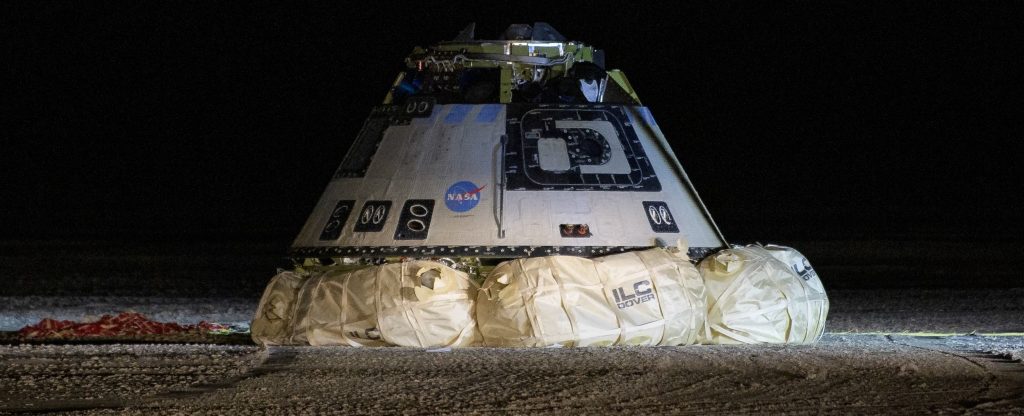
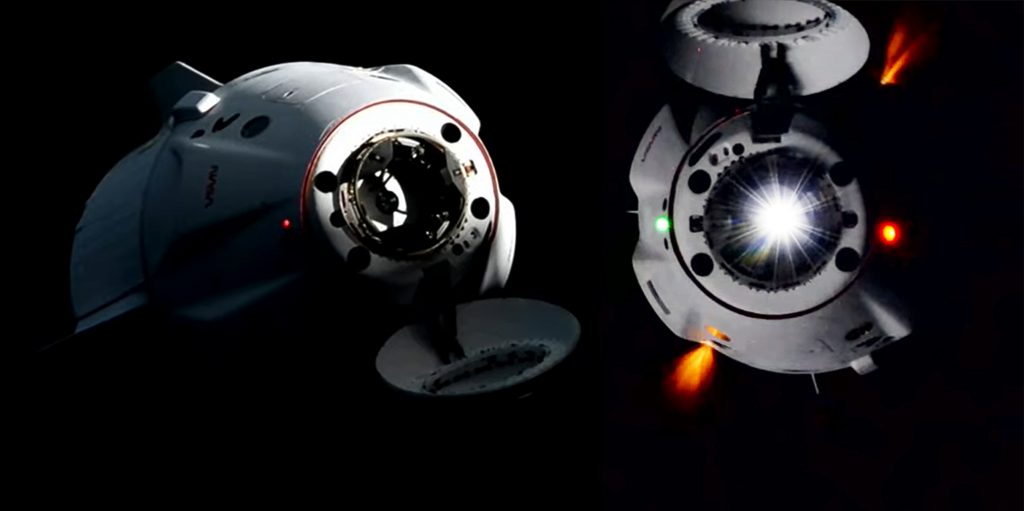
SpaceX remains on track to launch Crew-4 no earlier than (NET) 15 April 2022, Crew-5 NET October 2022, and Crew-6 NET February 2023. The company is now expected to complete all six of its first operational crew transport missions before Boeing’s Starliner spacecraft completes a single one. In fact, it’s increasingly plausible that SpaceX will launch all six of its original Crew missions before Starliner attempts its first crewed test flight – a milestone Crew Dragon passed in May 2020.
It remains to be seen when Starliner will finally become operational. If Boeing manages that feat by mid-2023, there’s at least a chance that Starliner and Crew Dragon will finally be able to start alternating launches, in which case NASA’s three extra Dragon launches might last until 2027. Starliner would then have three more missions remaining, allowing NASA to stretch its 15 existing Commercial Crew transport contracts as far as H2 2028.

News
Ford cancels all-electric F-150 Lightning, announces $19.5 billion in charges
“Rather than spending billions more on large EVs that now have no path to profitability, we are allocating that money into higher returning areas, more trucks and van hybrids, extended range electric vehicles, affordable EVs, and entirely new opportunities like energy storage.”
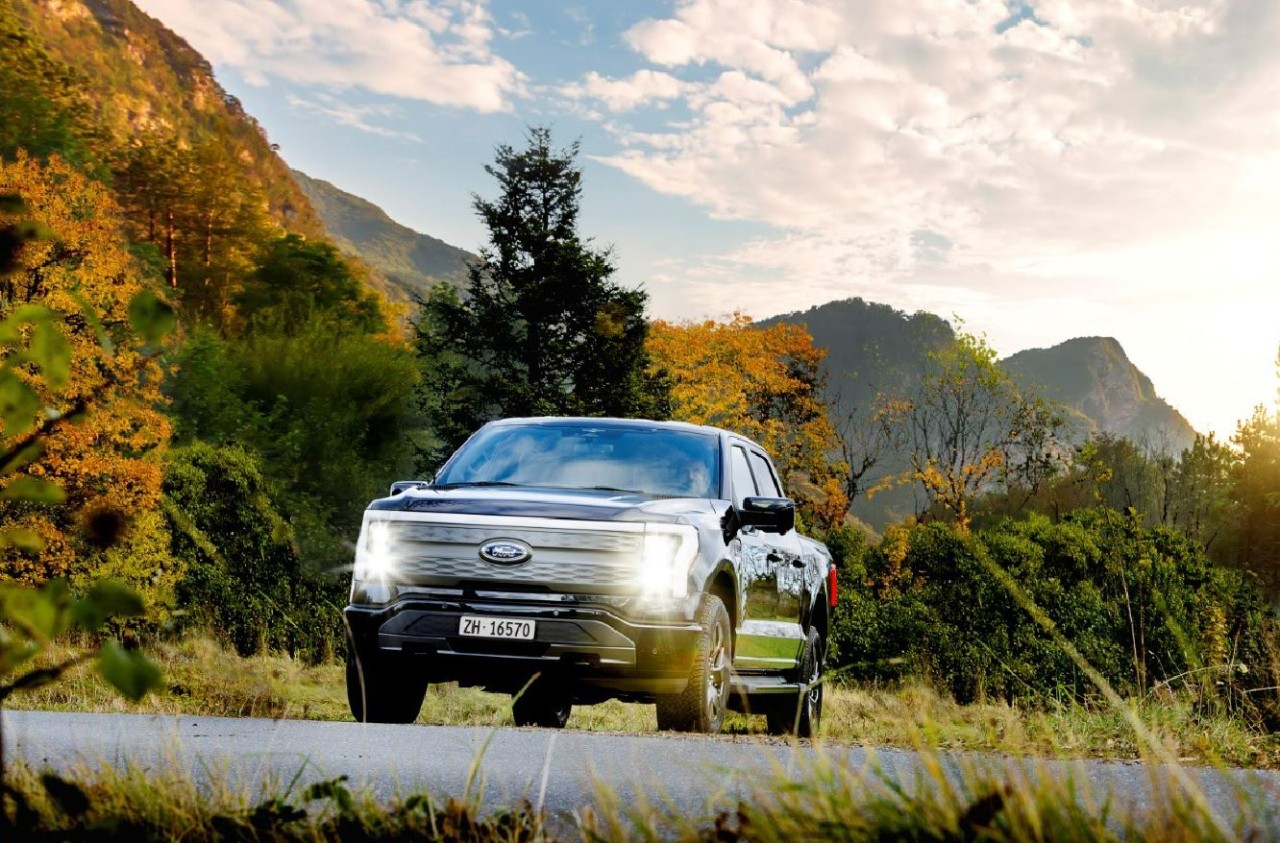
Ford is canceling the all-electric F-150 Lightning and also announced it would take a $19.5 billion charge as it aims to quickly restructure its strategy regarding electrification efforts, a massive blow for the Detroit-based company that was once one of the most gung-ho on transitioning to EVs.
The announcement comes as the writing on the wall seemed to get bolder and more identifiable. Ford was bleeding money in EVs and, although it had a lot of success with the all-electric Lightning, it is aiming to push its efforts elsewhere.
It will also restructure its entire strategy on EVs, and the Lightning is not the only vehicle getting the boot. The T3 pickup, a long-awaited vehicle that was developed in part of a skunkworks program, is also no longer in the company’s plans.
Instead of continuing on with its large EVs, it will now shift its focus to hybrids and “extended-range EVs,” which will have an onboard gasoline engine to increase traveling distance, according to the Wall Street Journal.
“Ford no longer plans to produce select larger electric vehicles where the business case has eroded due to lower-than-expected demand, high costs, and regulatory changes,” the company said in a statement.
🚨 Ford has announced it is discontinuing production of the F-150 Lightning, as it plans to report a charge of $19.5 billion in special items.
The Lightning will still be produced, but instead with a gas generator that will give it over 700 miles of range.
“Ford no longer… pic.twitter.com/ZttZ66SDHL
— TESLARATI (@Teslarati) December 15, 2025
While unfortunate, especially because the Lightning was a fantastic electric truck, Ford is ultimately a business, and a business needs to make money.
Ford has lost $13 billion on its EV business since 2023, and company executives are more than aware that they gave it plenty of time to flourish.
Andrew Frick, President of Ford, said:
“Rather than spending billions more on large EVs that now have no path to profitability, we are allocating that money into higher returning areas, more trucks and van hybrids, extended range electric vehicles, affordable EVs, and entirely new opportunities like energy storage.”
CEO Jim Farley also commented on the decision:
“Instead of plowing billions into the future knowing these large EVs will never make money, we are pivoting.”
Farley also said that the company now knows enough about the U.S. market “where we have a lot more certainty in this second inning.”
News
SpaceX shades airline for seeking contract with Amazon’s Starlink rival

SpaceX employees, including its CEO Elon Musk, shaded American Airlines on social media this past weekend due to the company’s reported talks with Amazon’s Starlink rival, Leo.
Starlink has been adopted by several airlines, including United Airlines, Qatar Airways, Hawaiian Airlines, WestJet, Air France, airBaltic, and others. It has gained notoriety as an extremely solid, dependable, and reliable option for airline travel, as traditional options frequently cause users to lose connection to the internet.
Many airlines have made the switch, while others continue to mull the options available to them. American Airlines is one of them.
A report from Bloomberg indicates the airline is thinking of going with a Starlink rival owned by Amazon, called Leo. It was previously referred to as Project Kuiper.
American CEO Robert Isom said (via Bloomberg):
“While there’s Starlink, there are other low-Earth-orbit satellite opportunities that we can look at. We’re making sure that American is going to have what our customers need.”
Isom also said American has been in touch with Amazon about installing Leo on its aircraft, but he would not reveal the status of any discussions with the company.
The report caught the attention of Michael Nicolls, the Vice President of Starlink Engineering at SpaceX, who said:
“Only fly on airlines with good connectivity… and only one source of good connectivity at the moment…”
CEO Elon Musk replied to Nicolls by stating that American Airlines risks losing “a lot of customers if their connectivity solution fails.”
American Airlines will lose a lot of customers if their connectivity solution fails
— Elon Musk (@elonmusk) December 14, 2025
There are over 8,000 Starlink satellites in orbit currently, offering internet coverage in over 150 countries and territories globally. SpaceX expands its array of satellites nearly every week with launches from California and Florida, aiming to offer internet access to everyone across the globe.
Currently, the company is focusing on expanding into new markets, such as Africa and Asia.
News
Tesla Model Y Standard stuns in new range test, besting its Premium siblings
Tesla’s newer vehicles have continued to meet or exceed their EPA estimates. This is a drastic change, as every 2018-2023 model year Tesla that Edmunds assessed did not meet its range estimates.
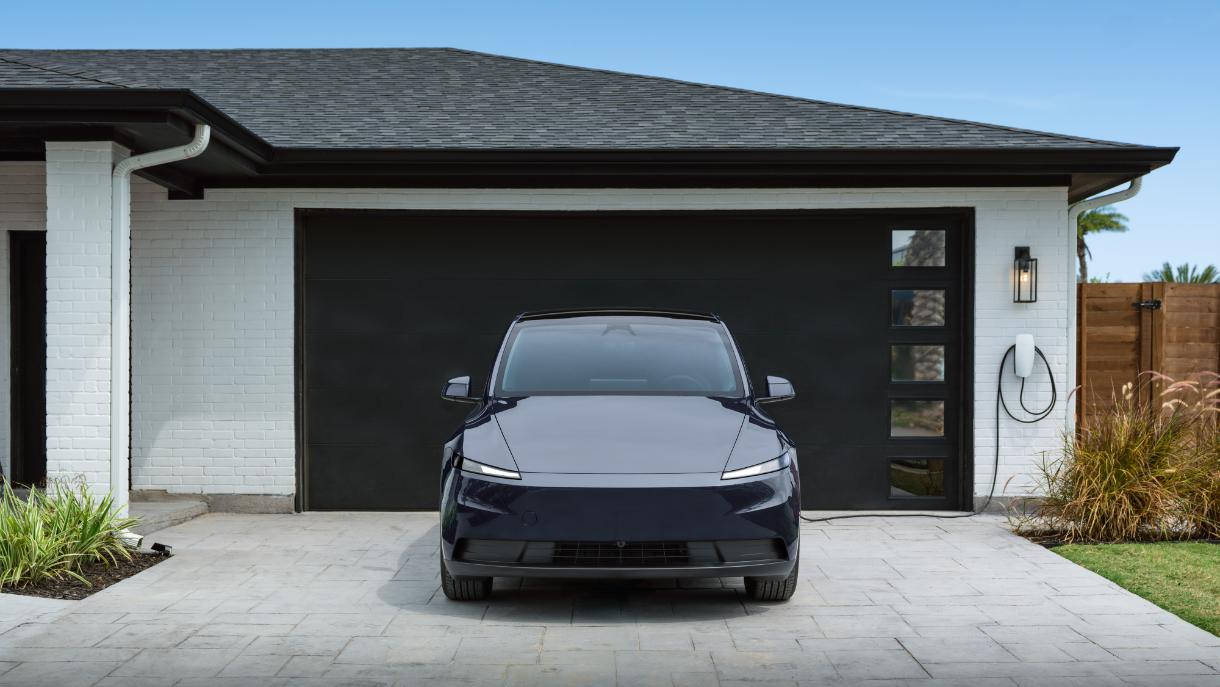
The Tesla Model Y Standard stunned in a new range test performed by automotive media outlet Edmunds, besting all of its Premium siblings that are more expensive and more luxurious in terms of features.
Testing showed the Model Y Standard exceeded its EPA-estimated range rating of 321 miles, as Edmunds said it is the “longest-range Model Y that we’ve ever put on our loop.” In the past, some vehicles have come up short in comparison with EPA ranges; for example, the Model Y’s previous generation vehicle had an EPA-estimated range of 330 miles, but only drove 310.
Additionally, the Launch Series Model Y, the first configuration to be built in the “Juniper” program, landed perfectly on the EPA’s range estimates at 327 miles.
It was also more efficient than Premium offerings, as it utilized just 22.8 kWh to go 100 miles. The Launch Series used 26.8 kWh to travel the same distance.
It is tested using Edmunds’ traditional EV range testing procedure, which follows a strict route of 60 percent city and 40 percent highway driving. The average speed throughout the trip is 40 MPH, and the car is required to stay within 5 MPH of all posted speed limits.
Each car is also put in its most efficient drive setting, and the climate is kept on auto at 72 degrees.
“All of this most accurately represents the real-world driving that owners do day to day,” the publication says.
With this procedure, testing is as consistent as it can get. Of course, there are other factors, like temperature and traffic density. However, one thing is important to note: Tesla’s newer vehicles have continued to meet or exceed their EPA estimates. This is a drastic change, as every 2018-2023 model year Tesla that Edmunds assessed did not meet its range estimates.
Tesla Model Y Standard vs. Tesla Model Y Premium
Tesla’s two Model Y levels both offer a great option for whichever fits your budget. However, when you sit in both cars, you will notice distinct differences between them.
The Premium definitely has a more luxurious feel, while the Standard is stripped of many of the more premium features, like Vegan Leather Interior, acoustic-lined glass, and a better sound system.
You can read our full review of the Model Y Standard below:
Tesla Model Y Standard Full Review: Is it worth the lower price?








